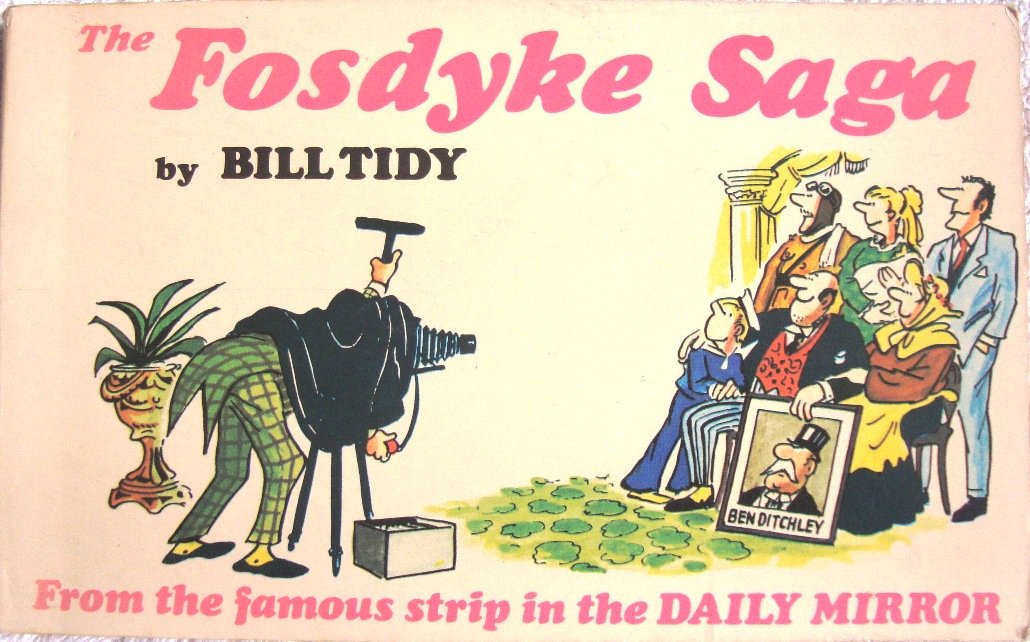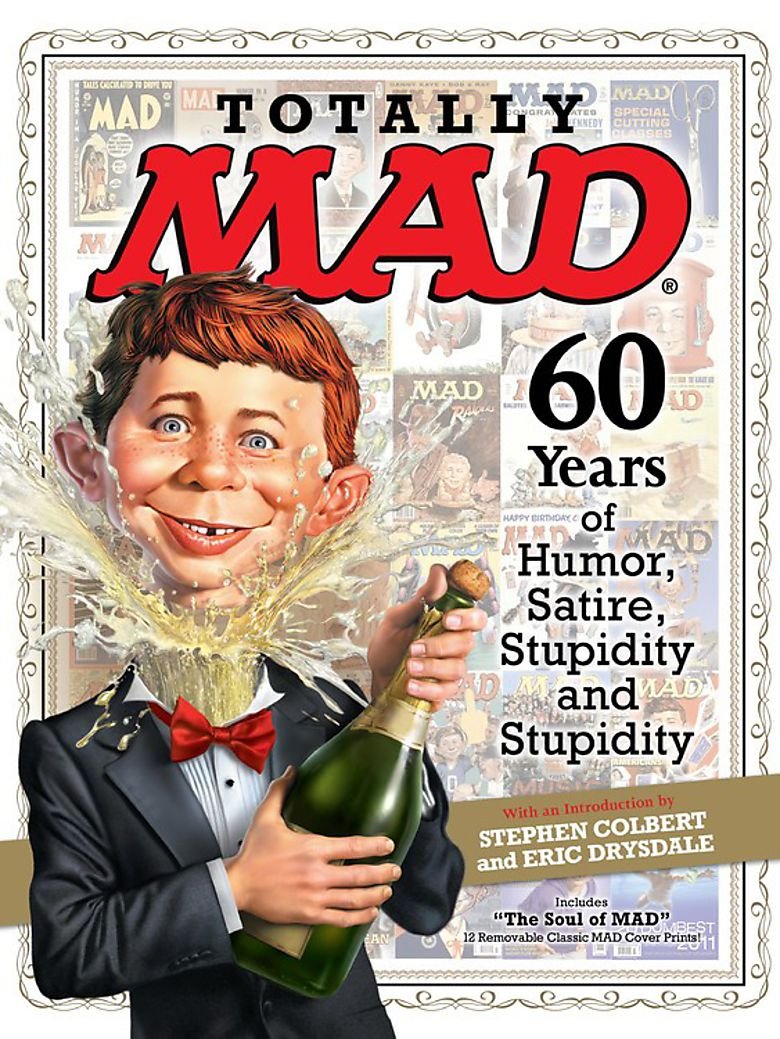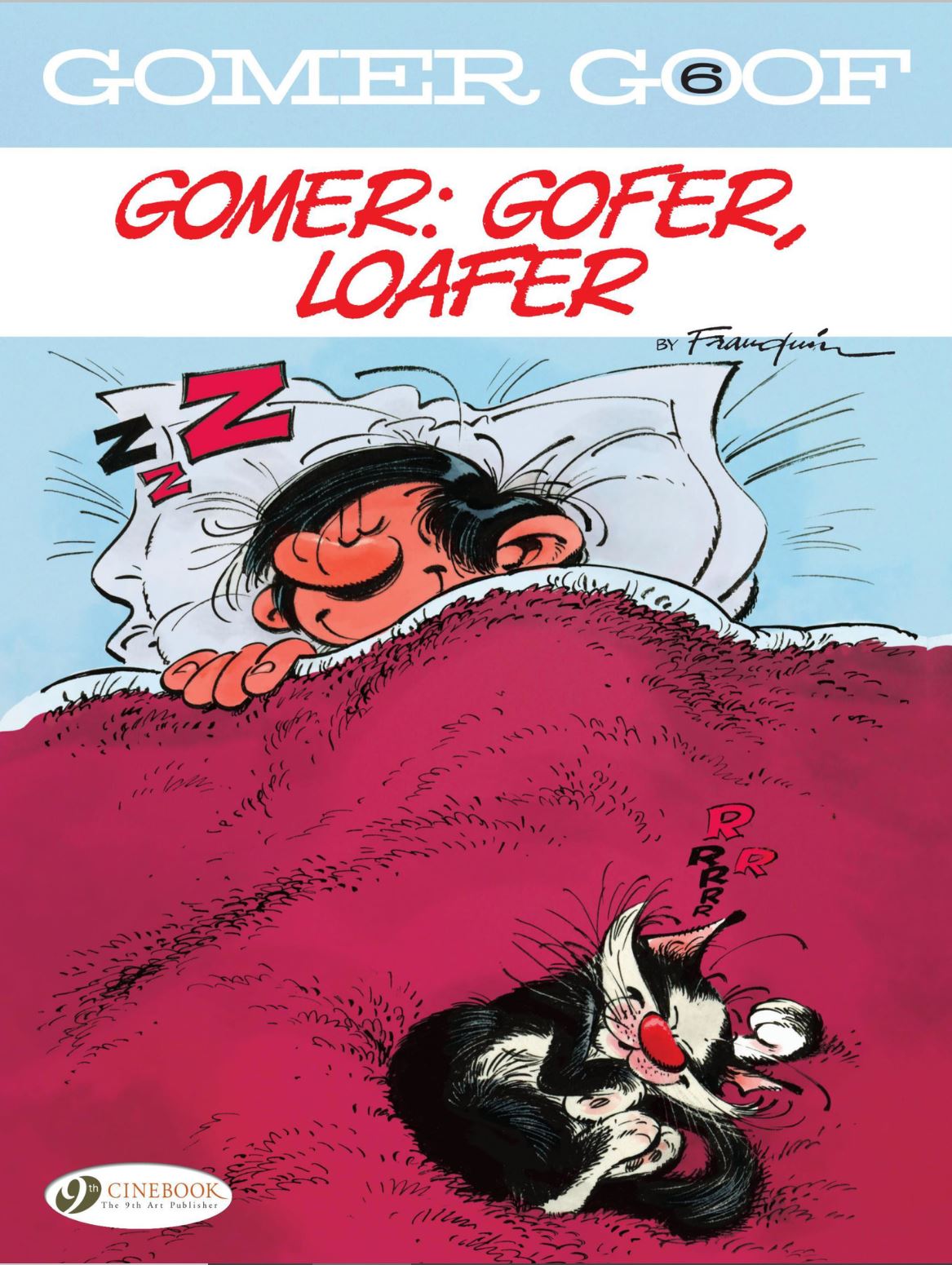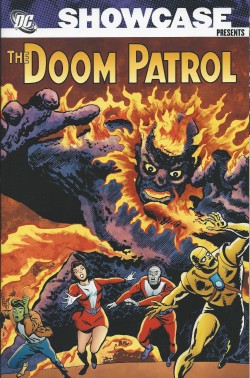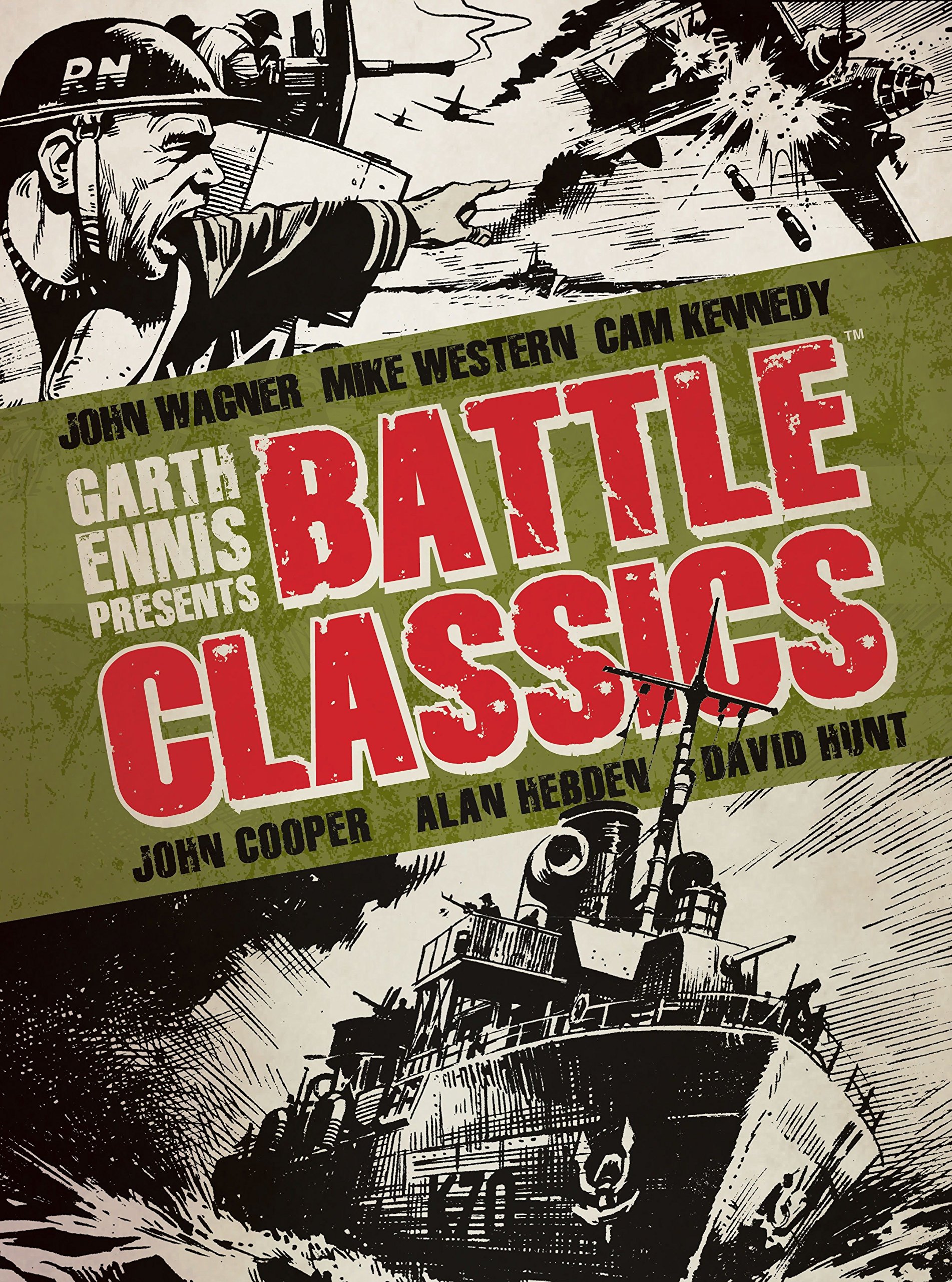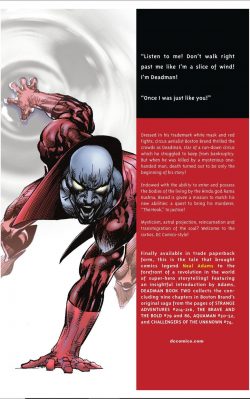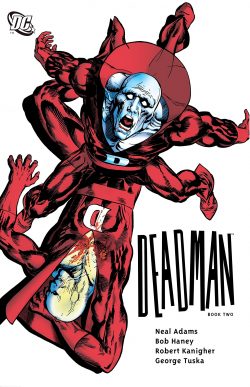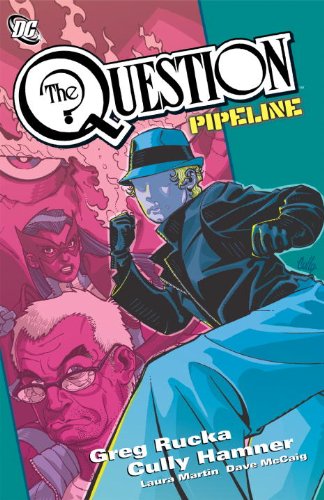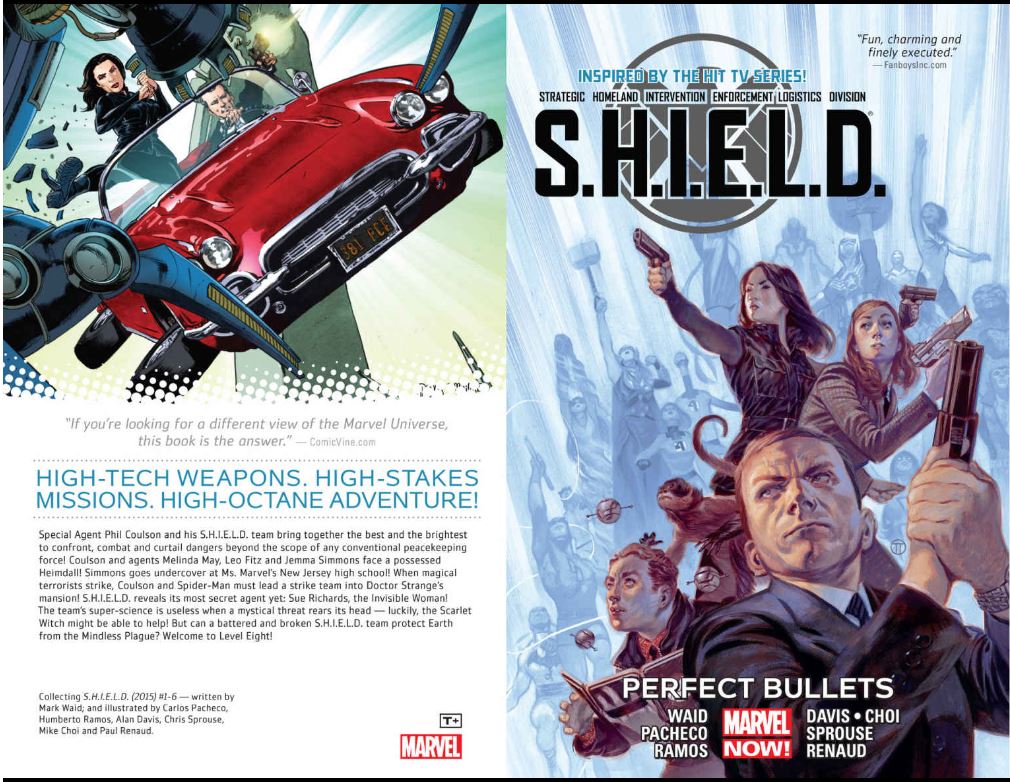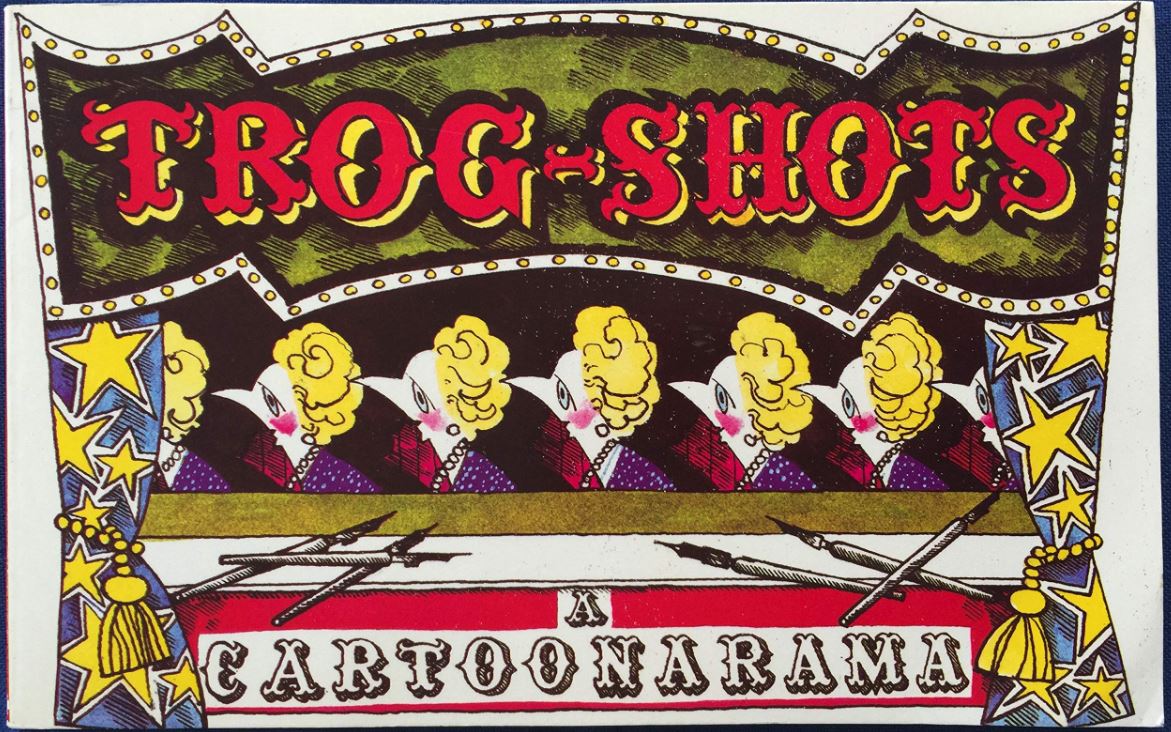
By Trog AKA Wally Fawkes (Patrick Hardy Books)
ISBN: 978-0-7444-0049-6 (Landscape PB)
Our last lost giant was someone who drew a beloved all-ages politically-barbed satirical children’s strip for decades and had a second cartoon career as a rapier-witted rottweiler going after society’s true devils.
I’m holding off discussing Flook until I have a decent collection to recommend without pauperising anyone, but until then here’s a collection of Trogs’s other other line of work to celebrate his genius and mourn his loss…
The one thing I really don’t miss about the 1970s and 1980s is just how many truly ruthless bastards and utter swine were out, proud and loudly ruling us, America and all the other morally bankrupt countries. No matter how bad our current crop of greedy, shallow, inept, self-serving plutocrats might be, they are pitiful pikers when compared to the vicious, callous and ethically challenged rulers of our forefathers. Those guys were actually good at what they did and appreciated a good cover-up too…
That still didn’t keep them out of the sights of a legion of cartoonists like Ralph Steadman, Gerald Scarfe, Steve Bell and Wally Fawkes – who perpetrated his personal acts of socio-political vigilantism under the alias “Trog”. The nom de plume stems from “troglodyte”, but its derivation is hotly disputed to this day…
Born Walter Ernest Pearsall (June 24th 1924 – March 1st 2023) in Vancouver, Canada, Fawkes took his stepfather’s surname after moving to Britain when he was seven. He taught himself to play clarinet and was never happier than when playing Jazz. His first pro gigs came in 1944 with George Webb, before joining Humphrey Lyttelton in the 1950s. Wally clearly enjoyed his three careers (which he termed “minority pursuits”), and was apparently beyond compare in all of them. I’m not qualified to comment on his jazz playing: I only ever saw him twice but certainly had a great time on each occasion…
If anything was less financially rewarding than playing music it was drawing cartoons, so Wally started doing that too. After reaching England in 1931, he had grown up in South London and – aged 14 – won a scholarship to study at Sidcup Art School. The lifelong comics fan studied there until the money ran out and then plunged into the world of work. When war came, pleurisy kept him out of the armed forces and he contributed to the home front effort by painting camouflage on factories and mapping mines for the British Coal Commission.
In 1942, Fawkes won a cartoon competition held by The Daily Mail, and the judge (the paper’s illustrious chief cartoonist Leslie Illingworth) found him a position at advertising agency Clement Davies. Three years later – on Wally’s 21st birthday – Illingworth hired him as a junior cartoonist. In 1949, Wally’s unique blend of luck and perseverance scored a huge hit when he began his whimsical fantasy masterpiece Flook.
Newspaper owner Lord Rothermere had just come back from America where he had seen Crockett Johnson’s strip Barnaby. When he got home, the magnate wanted something similar but British for The Daily Mail and asked young Fawkes if he could handle it…
Co-scripted by a Who’s Who of media stars (including Sir Compton Mackenzie, Humphrey Lyttelton, George Melly, Barry Norman, Barry Took, Keith Waterhouse and others) it ran in the increasingly ultra-conservative Daily Mail until 1984. A true fish out of water feature, Flook told the increasingly Bohemian, left-leaning and liberal tales of a fuzzy, carrot-nosed, shapeshifting alien innocent and his naive little Earth boy pal Rufus.
Eventually the strip escaped its Right Wing captivity and moved into working class organ The Daily Mirror/Sunday Mirror, before being killed by print tyrant Robert Maxwell.
That didn’t stop Fawkes, though. He still had his clarinet, ideals, imagination, innate unshakeable sense of injustice and a third job as one of the country’s greatest caricaturists and satirists…
From its earliest inception cartooning has been used to sell: initially ideas or values but eventually actual products too. In newspapers, magazines and especially comic books the sheer power of narrative with its ability to create emotional affinities is linked to unforgettable images and characters. When those stories affect the daily lives of generations of readers, the force they can apply in a commercial or social arena is almost irresistible.
In Britain, the cartoonist has held a bizarrely precarious position of power for centuries: deftly designed bombastic broadsides or savagely surgical satirical slices instantly inflicting ridicule, exposing and deflating the powerfully elevated and seemingly untouchable with shaped-charges of scandalous wit and crushingly clear, universally understandable visual metaphor.
For this kind of concept transmission, literacy and lack of education are no barrier. As the Catholic Church proved centuries ago with the Stations of the Cross, stained glass windows and idealised saints, a picture is absolutely worth a thousand words. Moreover, even more than work, sport, religion, fighting or sex, politics has is the very grist that feeds a pictorial gadfly’s mill…
Having for decades contributed regularly to The Spectator, New Statesman, Observer, Guardian, Sunday Telegraph, The Week, Today, London Daily News, plus venerable anti-establishment periodicals Punch and Private Eye (all whilst freelancing as a book illustrator), Fawkes simply carried on lambasting politicians of all stripes and persuasions and caustically commenting on a declining global civilisation until 2005, when failing eyesight finally silenced his excoriating commentaries. One year earlier he had added “Political Cartoonist Of The Year” to his horde of tributes and awards…
Trog died on March 1st 2023, from simple, well-earned old age.
There are still no definitive collections of Flook or Trog’s highly influential (just ask devoted fans Nicholas Garland, Malky McCormick, Barry Fantoni, Steve Bell or Raymond Briggs) stabs at iniquity and hypocrisy, but this collection from 1984 is both representative of the man and his mirth and readily available.
Preceded by a telling, deconstructive and revelatory Foreword by bandmate and Flook co-writer Melly, Trog-Shots: A Cartoonerama re-presents 57 late 1970s/early 1980s art sallies and includes many gags from his regular “Mini-Trog” feature: a general social commentary comedy residency in The Observer.
Culled – as should have been so many of his unsavoury targets – from a time when Monetarism and Reagan took over the USA; Soviet leaders were dropping like flies and Apartheid had just started being rejected by the world, here is a rogues gallery of putrid politicians, scurrilous scandals, and social shout-outs. Here you’ll see the worst of political indifference impacting shoppers, the National Health Service, workers and miners. Here also be monstrous economic mismanagement, revolting journalists, feuding Royals, racist policemen acting beyond the law, sporting skulduggery and Cold War crises. There are starring roles for all the old lags from Jim Callaghan, Michael Foot & Neil Kinnock to Ted Heath, Thatcher, Howe, Tebbitt, Whitelaw, Lawson and all their malign ilk, plus lesser lights like Jeremy Thorpe, Arthur Scargill, and Davids Steele & Owen are soundly skewered and taken to task for what they had – and hadn’t – done…
Awash with astounding images, fascinating lost ephemera and mouth-watering art no fan could resist, this compact compendium is a beautiful fragment of cartoon history that will delight and tantalise, and forms a fitting tribute to a self-effacing master craftsman whose departure has left us all so much poorer. Hopefully, we will at least soon see his legacy back in print…
Collection © 1984 by Wally Fawkes. Foreword © 1984 by George Melly. All rights reserved.

